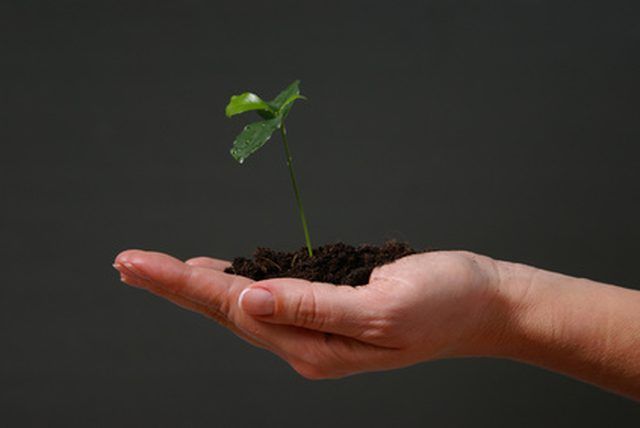Bulbs
Flower Basics
Flower Beds & Specialty Gardens
Flower Garden
Garden Furniture
Garden Gnomes
Garden Seeds
Garden Sheds
Garden Statues
Garden Tools & Supplies
Gardening Basics
Green & Organic
Groundcovers & Vines
Growing Annuals
Growing Basil
Growing Beans
Growing Berries
Growing Blueberries
Growing Cactus
Growing Corn
Growing Cotton
Growing Edibles
Growing Flowers
Growing Garlic
Growing Grapes
Growing Grass
Growing Herbs
Growing Jasmine
Growing Mint
Growing Mushrooms
Orchids
Growing Peanuts
Growing Perennials
Growing Plants
Growing Rosemary
Growing Roses
Growing Strawberries
Growing Sunflowers
Growing Thyme
Growing Tomatoes
Growing Tulips
Growing Vegetables
Herb Basics
Herb Garden
Indoor Growing
Landscaping Basics
Landscaping Patios
Landscaping Plants
Landscaping Shrubs
Landscaping Trees
Landscaping Walks & Pathways
Lawn Basics
Lawn Maintenance
Lawn Mowers
Lawn Ornaments
Lawn Planting
Lawn Tools
Outdoor Growing
Overall Landscape Planning
Pests, Weeds & Problems
Plant Basics
Rock Garden
Rose Garden
Shrubs
Soil
Specialty Gardens
Trees
Vegetable Garden
Yard Maintenance
How Many Seeds Do I Need to Plant for One Plant?
How Many Seeds Do I Need to Plant for One Plant?. Although seeds purchased from reputable sources should germinate well, most seed packages recommend planting multiple seeds per plant, information that you can find on the packet. This helps to ensure germination and get the strongest possible seedlings.

Although seeds purchased from reputable sources should germinate well, most seed packages recommend planting multiple seeds per plant, information that you can find on the packet. This helps to ensure germination and get the strongest possible seedlings.
Germination
The number of seeds you need to plant depends in part on the germination rate for the seed. New, certified seed must meet a minimum germination percentage, determined by local regulatory agencies. When saving your own seed, only 60 to 85 percent generally germinate, according to information on the Virginia Cooperative Extension's website. This affects the number you'll need to plant, and if you expect the germination percentage to be lower than usual, plant extra seeds to compensate.
Expert Advice
The Virginia Cooperative Extension's website recommends planting two to three seeds and then thinning them to leave the strongest seedling. If you have only a few seeds and you do not want to waste them, pregerminate one between a moist, folded cotton cloth and, if it grows, transplant it into your garden or a container.
Old Seed
As seeds age beyond one year, the germination percentage drops. When using older seeds, the Washington State University's extension agent recommends placing ten seeds between a damp cloth to calculate the germination percentage. If it is between 60 and 70 percent, you will need to sow more than the usual two or three seeds in order to guarantee a single strong plant. If it is 50 percent or below, it is recommended you discard the seeds.